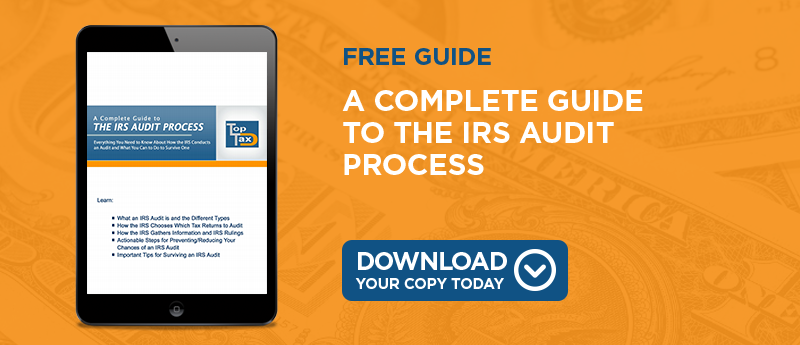
People who owe the IRS money often find that they owe more than they can pay in one lump sum. Rather than allowing their wages to be garnished or their assets to be seized, debtors can now take advantage of one of the IRS' installment plans.
Choosing the right installment plan is key to resolving your IRS debt successfully, however. You can select the right plan for your tax debt by learning more about each repayment option that the IRS makes available.
Tax Debts $25,000 and Under
The IRS makes two repayment options available to taxpayers who owe $25,000 or less. If you owe $10,000 or less, you may take advantage of its guaranteed repayment plan.
The guaranteed repayment plan does not cover penalties and interest that could put your total above the $10,000 mark, however. It also does not cover delinquent employment taxes.
If you owe $25,000 or less, you may be eligible for one of the IRS' streamlined repayment plans. This first streamlined repayment option allows you to resolve your tax debt in 72 months or less. It also can eliminate or withdraw a federal tax lien that may have been filed against you.
Tax Debts $25,000 and Higher
People who owe tax debts higher than $25,000 likewise have two options available to them. Individuals with tax debts of $25,000 to $50,000 may choose the second IRS streamlined repayment option. This plan allows people to resolve their debts within 72 hours, but does not withdraw a tax lien that has already been filed against them.
People who $50,000 or more to the IRS can choose its traditional repayment plan. Like the second streamlined option, this plan does not withdraw a tax lien. However, it does allow people to repay their debts in 72 months.
Other Payment Plans
Regardless of how much you owe, you may also choose the IRS' partial pay plan. This plan is designed for people who cannot repay the full amount of what they owe within the allotted 10 year period.
The partial pay plan is closely scrutinized by the IRS, and people who are allowed this option typically must liquidate every available asset to satisfy their debt. Likewise, their repayment plan is reevaluated every year to two years to determine if they can repay their debt in entirety.
You also may choose the direct debit repayment option if you prefer. This option allows the IRS to withdraw your installment payment from your bank every month. The plan saves you from having to send in a check each month.
If you are a business owner and owe less than $25,000 in back taxes to the IRS, you may choose the In-Business Trust Fund repayment option. This plan removes the trust fund recovery penalty for businesses. It is only good for two years, however, requiring you to repay your debt within that time frame.
Repayment Plan Compliancy
When you are set up on an IRS repayment plan, it is crucial that you remain compliant with the terms of the option you have chosen. To remain in compliance, you must:
- File all past and current tax returns
- Be truthful about all of your income, assets, and living expenses
- Make your payments on time each month
- Avoid prepaying on your agreement
You can repay your debt early without any penalty, however. You also can make your payments online with your bank account or credit or debit card at IRS.gov.
If your financial situation changes over the course of your repayment plan, you may be eligible to renegotiate the terms of your plan to help you avoid financial difficulties. The IRS may require that you renegotiate your plan if it discovers that your income has increased or you have gained new assets before your debt is paid off in full.
Many taxpayers owe money to the IRS. When you owe more than you can pay off in a single payment, you can satisfy your debt by choosing one of the IRS installment payment options.




